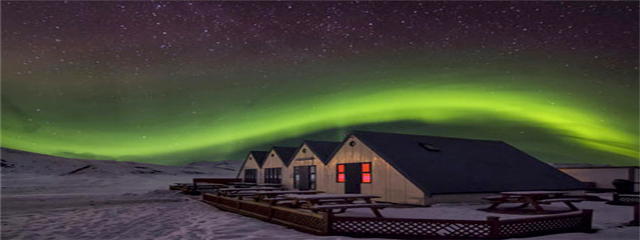The Science Working Group of the Intergovernmental Panel on Climate Change (IPCC) in late September had its final meeting for the Fifth Assessment Report on climate change, the last assessment being in 2007. It will be some weeks before the report is published, and many will await its latest findings with great interest.
But one development we know without this latest report: summer ice cover of the Arctic Ocean has been declining since satellites first gave us a comprehensive overview in 1979. Ice cover this summer rivaled its lowest level, set in 2007.
The decline in Arctic ice cover both reflects global warming at high latitudes, as expected, and will re-enforce further warming because reflection of sunlight will decline and the Arctic Ocean will absorb more heat. Indeed, some people see a serious danger to the climate from the heat-induced release of methane, itself an important greenhouse gas, now trapped by the permafrost of the far north, thus giving a further boost to climate change.
But there are also potential benefits from significant thawing in the far north. Less ice cover results in greater accessibility to this area – for fishing, for mineral wealth, and for transportation. With the warming that has taken place already, some fish have moved north, with fishermen following them. The U.S. Geological Service has estimated that one-quarter of the undiscovered but recoverable (with existing technology) oil and gas resources are in the Arctic region, and undoubtedly there are other mineral resources in the region, such as the iron ore and non-ferrous metals several Chinese firms are pursuing in Greenland.
Russia has already applied to the UN Seabed Authority for an extension of its continental shelf beyond its exclusive economic zone (out to 200 nautical miles from its coast) to and beyond the North Pole, which if agreed would permit it to exploit seabed resources far into the Arctic Ocean.
Read the whole article here.






Be the first to comment on "China into the Arctic"